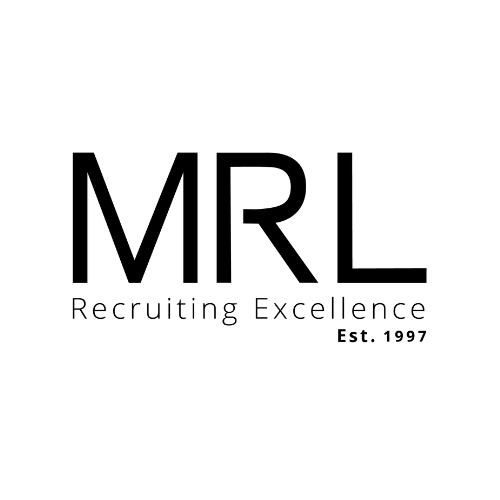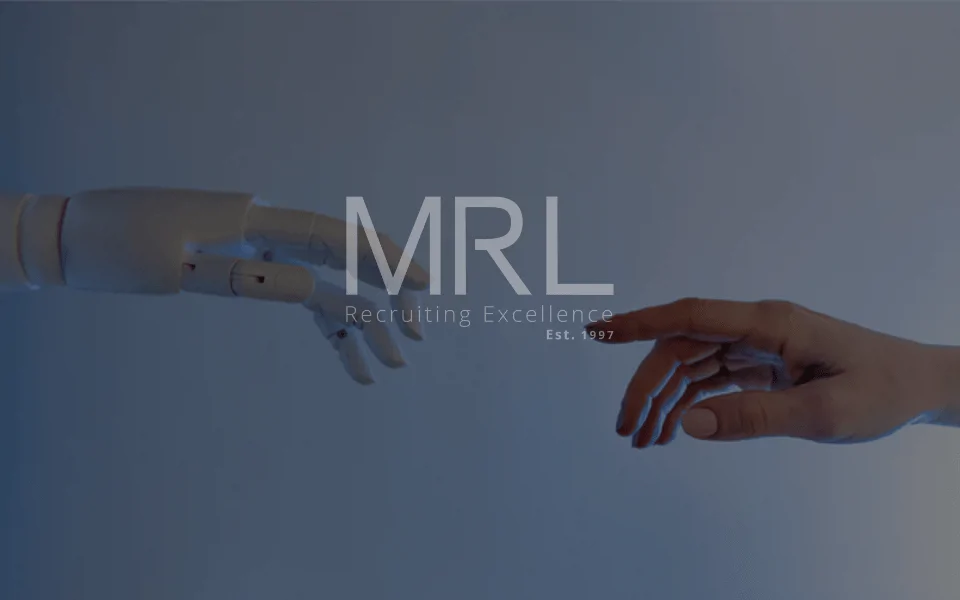4 myths about working with SMEs and startups busted
05 Mar, 20205 minutesBut it’s not just impressive employer brand that can give the bigger businesses an edg...

But it’s not just impressive employer brand that can give the bigger businesses an edge. Despite several best efforts and plenty of evidence to the contrary, myths around working for SMEs and startups continue to perpetuate into public consciousness. So, let’s try to put the record straight.
Myth #1: Your benefits package will be smaller
This is one we hear time and again – candidates assume that only the major players will be able to offer them the big salaries, bonuses and benefits. However, in reality, pay is one of the most straightforward ways for SMEs to compete, and smaller businesses know that to get the best talent they have to offer the best pay.
It is also common for SMEs to offer entrance into stock schemes which can be extremely lucrative when organisations go public or become acquired by a larger business. Often this leads to a six figure pay-out for those who have entered into the stock scheme. When Intel acquired Mobileye, a leader in computer vision for autonomous driving technology, shares were purchased at $63.54 each, representing a fully-diluted equity value of $15.3 billion – and a huge reward for those at Mobileye who had entered into the stock scheme.
Truth: Smaller businesses pay big bucks too – you might even get better incentives.
Myth #2: Smaller businesses are not as innovative
Candidates tell us that they think moving to a smaller business means working for an organisation which is behind in innovation. Actually, the opposite is often true. While large enterprises can often be market leaders in new technologies, smaller companies often benefit from a less rigid hierarchy which is generally quicker to adapt to market trends. Large organisations can sometimes find themselves held back by legacy processes and relationships.
There are more than 300 organisations – a mixture of startups, Tier 1 suppliers and tech giants – that make up the autonomous vehicle landscape, for example, as well as the OEMs who are all engaged with some level of AV development. And though the smaller businesses have a lesser market share, that doesn’t necessarily mean they are slower to react. As an example, Velodyne has the most market presence within lidar, but Valeo was the first company to install a lidar on a production vehicle, the Audi A8.
Truth: No ‘big name’ in semiconductors has ever gotten to the market faster than a lidar startup.
Myth #3: It’s harder to sell without a big name’s reputation
This is a common concern among salespeople: selling will be more difficult without a big name brand behind them to open doors. After all, as the saying goes, “no one ever got fired for choosing Microsoft”. But, as every good salesperson will know, it is ultimately the product that customers care about, not the business who makes it. Audi AID announced its partnership with lidar maker Luminar after meeting with dozens of other suppliers, precisely because of how far the Luminar lidar can see and the quality of its resolution. Similarly, BMW chose Innoviz’ solid-state lidar because Innoviz has developed a solution which allows them to use 905 nm lasers safely while still retaining the range performance.
The sales process at the bigger companies is the same at SMEs and startups, and as the majority of the technology you’ll be working with is brand new, legacy brand does not carry the same weight. To further ease the minds of their salespeople, most SMEs and startups will set targets based on early processes in the sales cycle. Rather than focus on revenues, the objectives will be around the number of RFIs (requests for information) or RFQs (requests for quote).
Truth: Customers care about the best product, not who made it.
Myth #4: There’s no longevity at smaller businesses
We often speak to candidates who believe that smaller organisations are more likely to fail, or that a role within an SME or startup will soon run its course. In fact, the average employee stays working for the tech giants for anywhere between 1.8 and 7.8 years, according to data from LinkedIn. Workers at Uber are likely to exit after 1.8 years, while those at Tesla leave after 2.1 years.
Individuals employed by smaller businesses are likely to have a greater influence and will work in longer development cycles, so there is often more incentive to stay longer term.
Truth: Longer development cycles and a position of higher authority mean workers stay longer at SMEs and startups.
Reality check
Of course, there are dozens of pros and cons to working for both the tech giants and the smaller players, and inevitably it comes down to the candidate and what is right for them at this point in their career. Some may choose to work for bigger businesses because of the wider product portfolio and different divisions, such as Infinion, for example, while others will choose to develop their niche at a smaller business like LeddarTech.
There is room for every organisation within the market – the OEMs need Tier Ones and Tier Ones need Tier Twos. It is all about deciding where you fit within the ecosystem, and having the best and correct information to hand when making that decision.
We know that, as an experienced candidate, you will have your pick of job offers. We will work with you to determine your best career move, offering unbiased expert advice along the way. Get in touch to find out how we can help.





